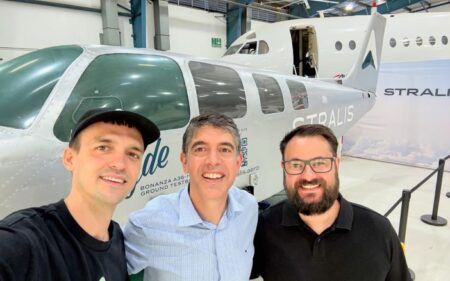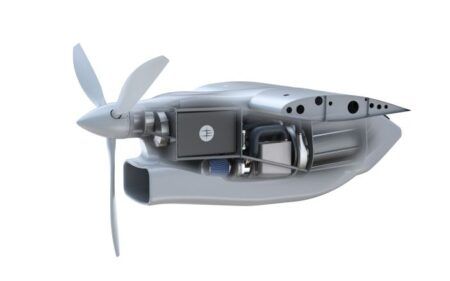A £1.4 million (US$1.7 million) project to develop a superconducting electrical powertrain for use in hydrogen-powered electric aircraft is set to begin at the University of Bath.
The five-year research program is being led by Dr Xiaoze Pei, director of research quality at the Institute for Advanced Automotive Propulsion Systems (IAAPS).
As part of the research, Pei and team members will develop superconducting direct current (DC) distribution networks for electric aircraft and investigate how to address highly demanding safety and reliability requirements.
Pei’s research on applied superconducting and cryogenic power electronics has enabled the development of next-generation cryogenic and superconducting powertrains.
The proposed use of liquid hydrogen as a fuel source would mean aircraft would create a cryogenic environment in which to run the power system. A cryogenic system presents opportunities to exploit high-temperature superconductors and the improved efficiency of a DC distribution network, as well as the lower weight of such a system compared with alternating current (AC) setups.
According to the University of Bath, the project will develop the first reliable high-power density and high-efficiency cryogenic and superconducting DC distribution network. This will be achieved by the use of computer simulation and experimental methods.
Industrial partners on the project include Airbus UpNext and electronics company IXYS UK Westcode.
The project is an Engineering and Physical Sciences Research Council (EPSRC) Open Fellowship and is titled “Towards Zero Emissions Electric Aircraft through Superconducting DC Distribution Network”.
Pei said, “I have a vision to achieve net-zero transport, with an emphasis on large-scale electric aircraft.
“On-board electrical power distribution, control, and protection remain significant challenges relating to large-scale hydrogen-powered electric aircraft. This Fellowship will tackle these challenges together in a holistic approach to develop a reliable and highly efficient superconducting DC distribution network to act as a key enabler to achieve zero emissions electric aircraft.”





